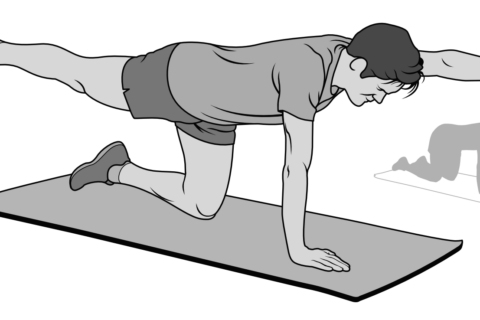This session builds off our intro workout on fast-start intervals with a step-down workload that will have your legs screaming.
This session builds off our intro workout on fast-start intervals with a step-down workload that will have your legs screaming.




